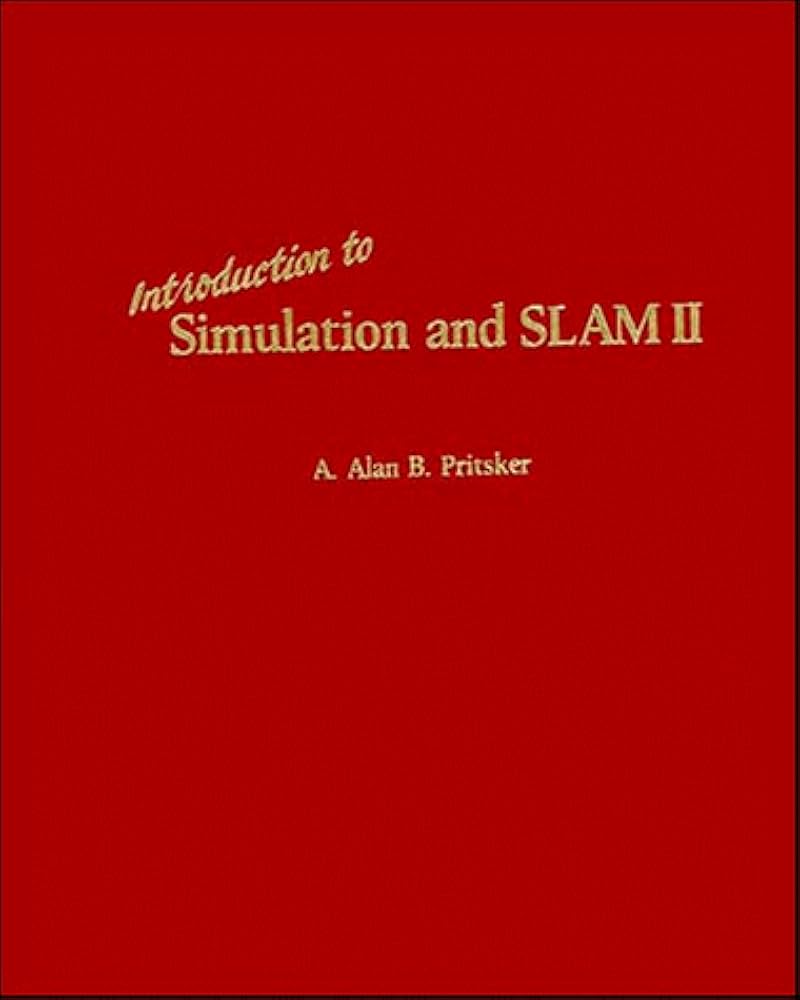
Source: Amazon.de · Auf Lager
Solar Cell Modelling: Analytical vs. Numerical Solutions
When it comes to understanding the operation of solar cells, one can use either analytical or numerical solutions to describe the behavior of these devices.
Analytical Equations
Analytical equations provide valuable insights into how solar cells operate and are relatively easier to solve by hand. However, as more factors affecting cell operation are considered, these equations can become increasingly complex and challenging to solve. In the past, it was common practice to modify the equations slightly to simplify the solution for specific cases. Nonetheless, this manual approach is time-consuming and may not be practical for comprehensive analysis.
Numerical Solvers
With the advancement in computer speeds and memory capacity, it has become more feasible to develop general numerical solvers that can handle a wide range of cases. There is a plethora of software packages available for modelling semiconductor devices, with varying degrees of sophistication. While some packages may overlook light generation effects, others are specifically tailored for simulating solar cells, offering a broad spectrum of solvers for different applications.
Device Modelling Programs
Two commonly used modelling programs in the photovoltaic community are PC1D, which is renowned for one-dimensional modelling, and DESSIS, which excels in two-dimensional modelling. These programs allow users to set up models with custom parameters, generate nodes for solution, and iterate to achieve a consistent solution across all nodes.
Overall, the choice between analytical and numerical approaches in solar cell modelling depends on the complexity of the system and the level of detail required in the analysis. While analytical methods offer deep insights, numerical solvers provide a more versatile and efficient way to simulate the behavior of solar cells under various conditions.

Source: Amazon.com · Auf Lager
